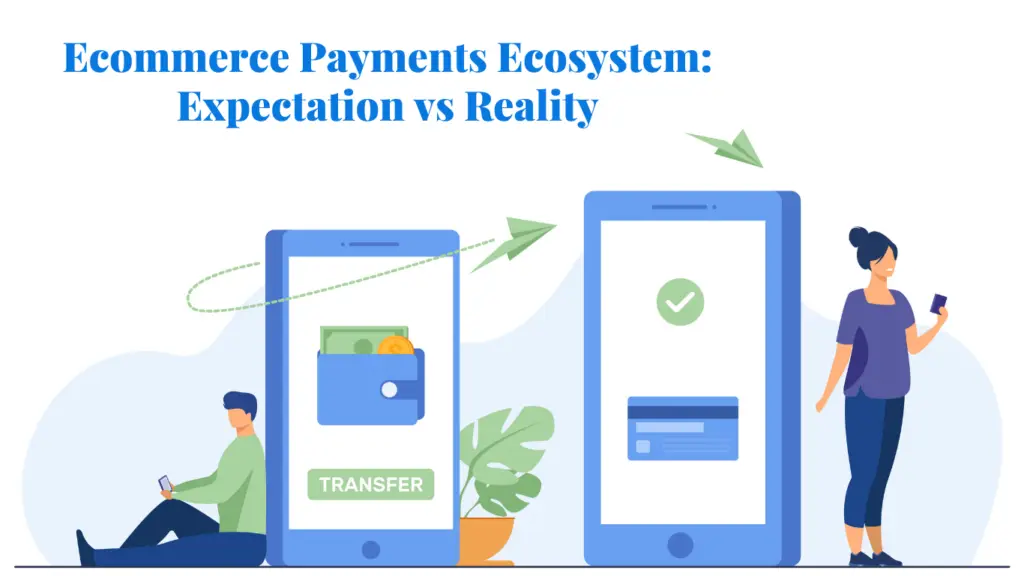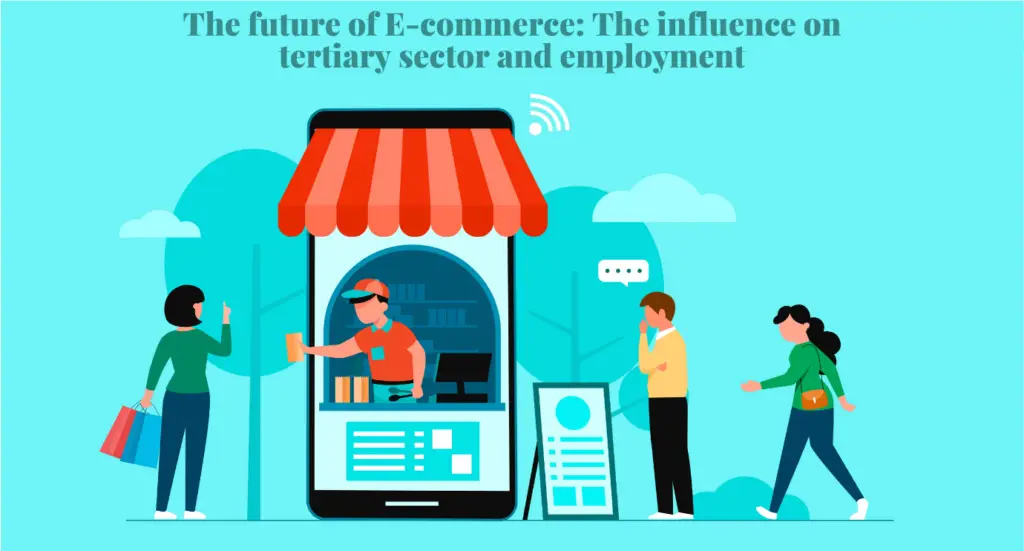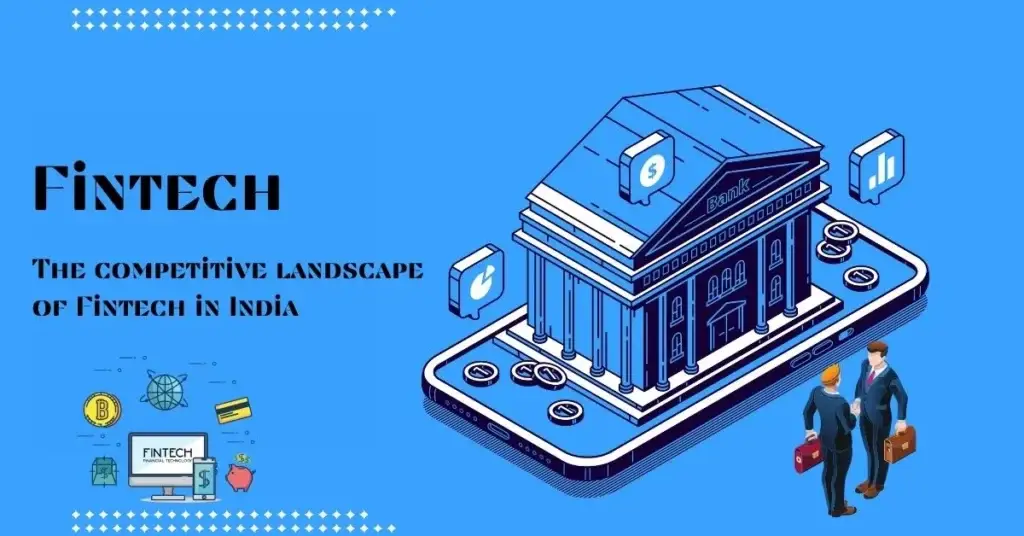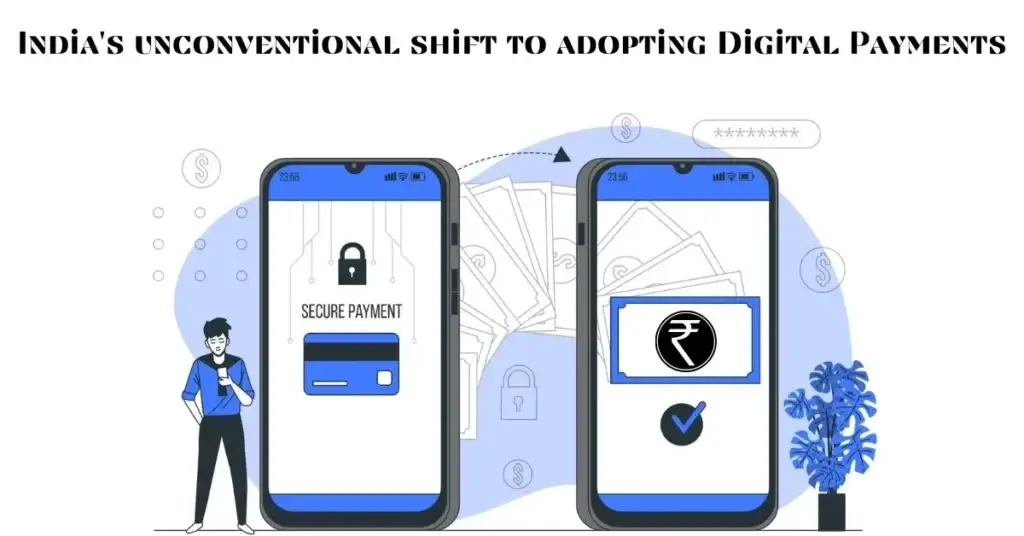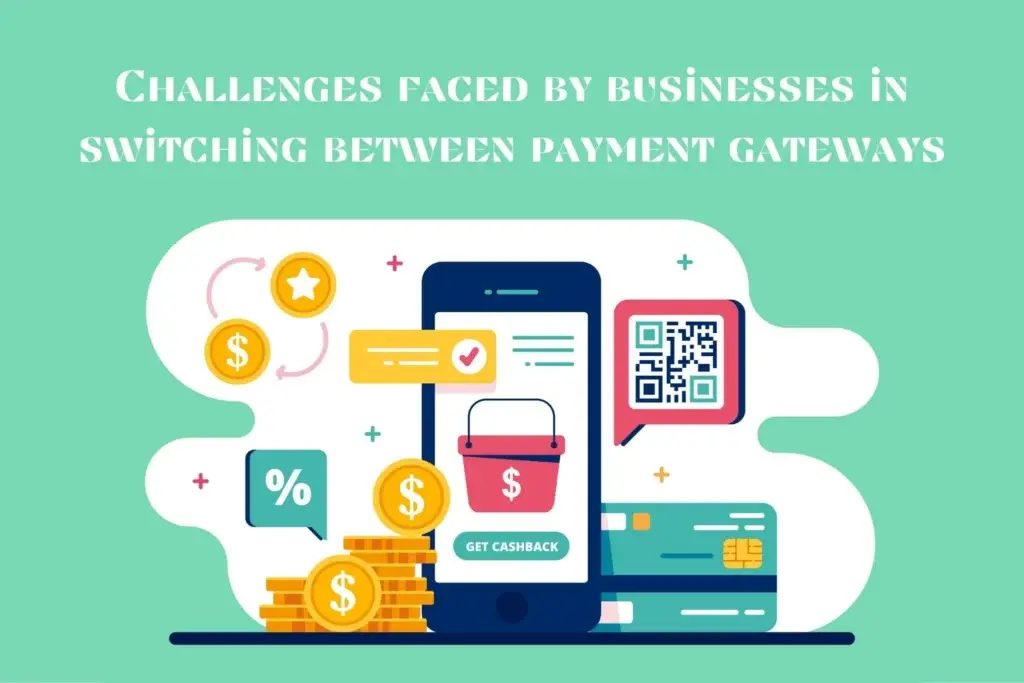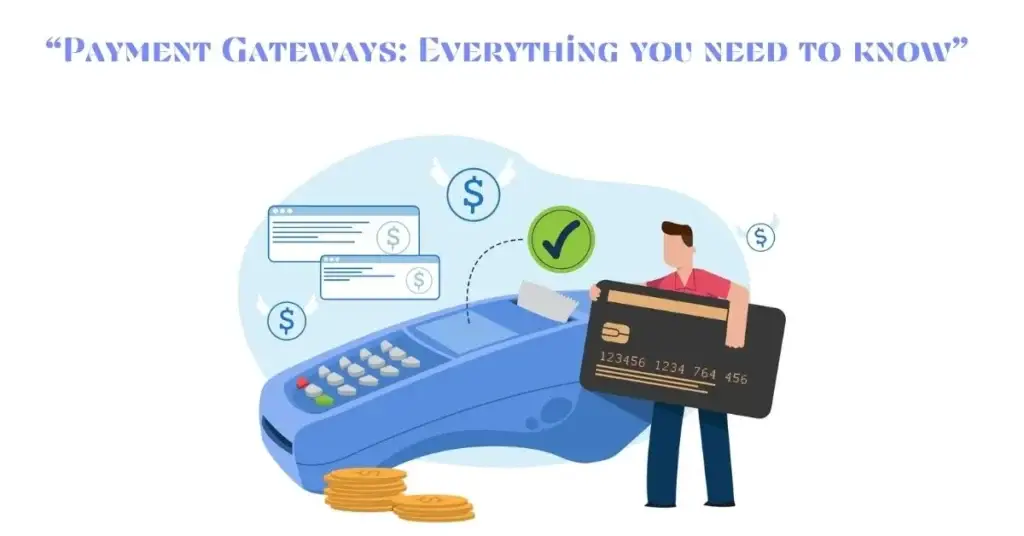Introduction
In today’s interconnected world, the rise of digital payment trends has transformed the way we conduct financial transactions. From mobile wallets to contactless payments, the global shift towards digital payment methods is revolutionizing the payments landscape. This blog explores global adoption trends, key growth drivers, and data insights on mobile wallets, contactless payments, and online transactions. Get ready to dive into the fascinating world of digital payments!
- The Global Adoption of Digital Payment Trends: The world is experiencing a major shift from cash-based transactions to digital payments. In fact, recent studies project the global digital payments market to reach trillions of dollars by 2025. Notably, India is leading this transformation, fueled by smartphone adoption, internet expansion, and evolving consumer preferences.
- Key Drivers behind the Surge in Digital Payments: Several factors drive the rapid growth of digital payments worldwide. Notably, convenience and ease of use make digital methods appealing. With just a few smartphone taps, consumers can make fast, secure transactions, replacing cash and cards. Additionally, the COVID-19 pandemic has accelerated the adoption of digital payments as contactless transactions gained prominence due to hygiene concerns.
- Data Insights on the Growth of Mobile Wallets, Contactless Payments, and Online Transactions: Mobile wallets have become a leading digital payment method, allowing users to store credentials and transact seamlessly. Their adoption has surged, driven by [statistics or data insights]. Furthermore, contactless payments, enabled by technologies like NFC (Near Field Communication), have become increasingly prevalent in retail stores, public transportation, and other sectors. The convenience and speed of contactless payments have made them a preferred choice for many consumers.
- The Changing Landscape of Digital Payments:Digital payment trends have significantly reshaped consumer behavior, while also intensifying competition within the industry. As a result, traditional banks and fintechs are innovating to meet the growing demand, ultimately providing consumers with improved user experiences, enhanced security, and greater convenience.
- The Impact of Digital Payments on Financial Inclusion: Digital payments boost financial inclusion, especially in areas with limited banking access. Mobile payment technology enables transactions, savings, and financial services without a bank account, empowering underserved communities and boosting economic growth.
- Addressing Security Concerns in Digital Payments: As digital payments become more prevalent, ensuring the security of transactions is paramount. Payment providers and tech companies continually invest in advanced security to protect data and prevent fraud. Moreover, biometric authentication, tokenization, and encryption ensure robust protection for digital payments.
- The Role of Regulations in Shaping the Future of Digital Payments: As digital payments expand, governments and regulators are developing frameworks to address industry challenges and risks. Additionally, KYC and AML regulations enhance transparency, prevent financial crimes, and protect both consumers and businesses.
- The Future of Digital Payments: Looking ahead, the future of digital payment trends holds immense potential. Emerging technologies like blockchain, artificial intelligence, and Internet of Things (IoT) are set to further revolutionize the payments industry. These technologies enable faster, safer, and more personalized payments, fostering innovations like P2P payments, smart contracts, and cross-border transactions.
- The Importance of Collaboration and Partnerships: In the evolving payments landscape, collaboration sparks innovation and enhances customer experiences.Therefore, payment providers, merchants, banks, and tech firms must work together to build interoperable systems, standardize protocols, and strengthen trust in digital payments.
- Embracing the Digital Payment Revolution: In conclusion, the rise of digital payments has brought about a paradigm shift in the way we transact and interact with money. From mobile wallets to contactless payments, digital methods are transforming the global economy.As digital adoption expands, staying informed, leveraging new technologies, and ensuring security are crucial for maximizing its potential.
As digital payments expand, financial transactions are undergoing a major transformation. Moreover, global adoption, driven by convenience, technology, and consumer preferences, is reshaping the industry. Embracing digital payments improves security, increases efficiency, and expands financial inclusion. Ultimately, the future is digital, and keeping up with trends is vital for business success.
Whether using mobile wallets, contactless payments, or shopping online, digital payments are here to stay. Embrace their convenience, security, and potential in the shift toward a cashless society.
As the saying goes, “The future is digital, and payments are no exception!” 💸✨


